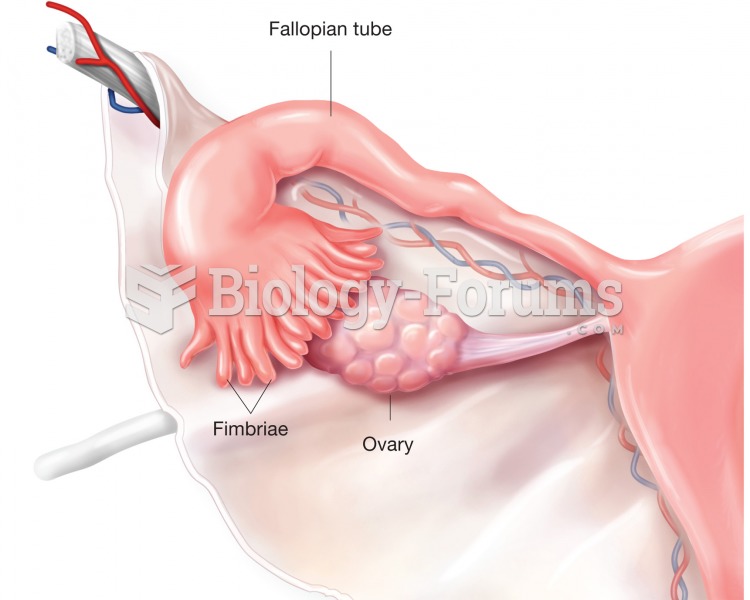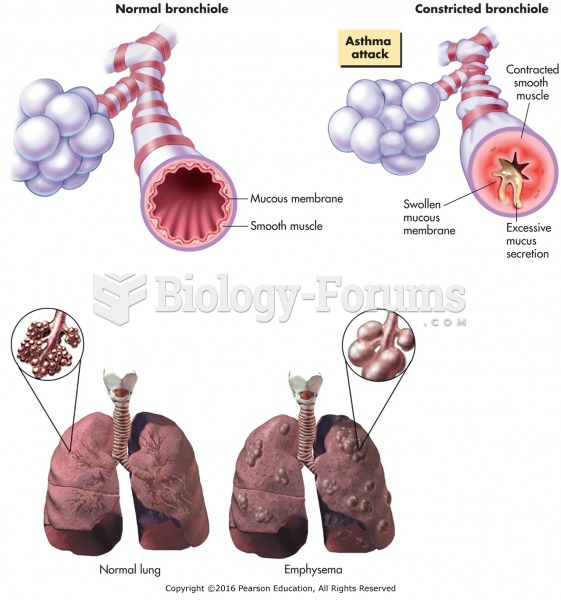A 36-year-old female patient with a history of asthma is admitted to the ICU from the emergen-cy department. Her respirations are 30, very labored, with accessory muscle use and bilateral in-spiratory and expiratory wheezing.
There is bilateral hyperresonance during chest percussion. A blood gas taken in the ICU after 1 hour of continuous aerosolized albuterol (15 mg) reveals: pH 7.38, partial pressure of carbon di-oxide (PaCO2) 42 mm Hg, partial pressure of oxygen (PaO2) 53 mm Hg, oxygen saturation (SaO2) 88, bicarbonate (HCO3) 25 mEq/L with nasal cannula 6 L/min. The patient is 5'5 and weighs 135 lb. The most appropriate action at this time is which of the following?
a. Continue current therapy with 20 mg al-buterol and reassess in 1 hour.
b. Noninvasive positive pressure ventilation (NPPV) with bilevel positive airway pres-sure (bilevel PAP), f = 12, inspiratory pos-itive airway pressure (IPAP) 28 cm H2O, expiratory positive airway pressure (EPAP) 3 cm H2O, fractional inspired ox-ygen (FIO2) 0.30
c. Intubate, use pressure-controlled continu-ous mandatory ventilation (PC-CMV), f = 8, peak inspiratory pressure (PIP) 28 cm H2O, TI 0.75 seconds, positive end-expiratory pressure (PEEP) 3 cm H2O, FIO2 1.0
d. Intubate, use volume-controlled continu-ous mandatory ventilation (VC-CMV), f = 12, tidal volume (VT) 600 mL, PF 40 L/min, PEEP 5 cm H2O, FIO2 0.60
Question 2
During mechanical ventilation, a patient with a closed head injury develops the Cushing re-sponse. This may be immediately managed by using which of the following?
a. Pressure-controlled continuous mandatory ventilation (PC-CMV) with positive end- expiratory pressure (PEEP)
b. Sedation and paralysis
c. Permissive hypercapnia
d. Iatrogenic hyperventilation






